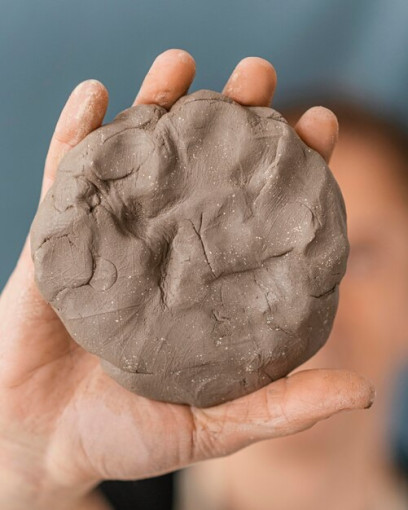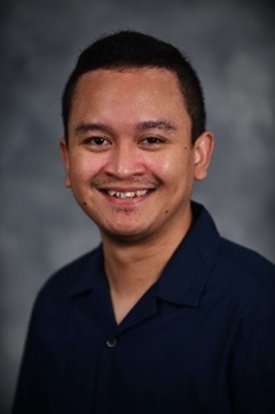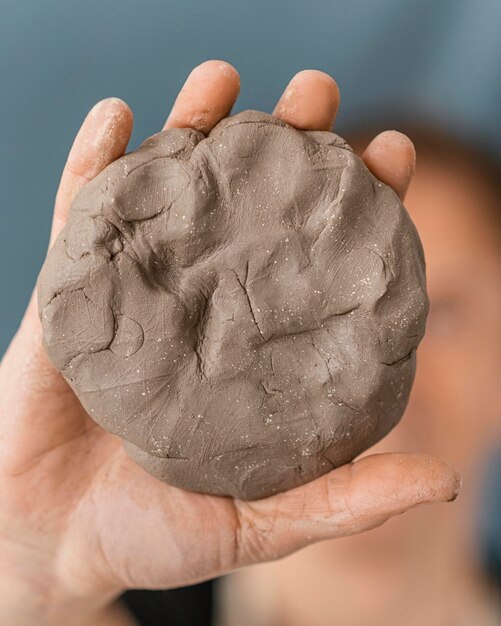Dr. Hanifrahmawan Sudibyo from the Department of Chemical Engineering, the UGM Faculty of Engineering, together with Dr. Budhijanto (Chemical Engineering Dept.) and Dr. Adhika Widyaparaga (Mechanical and Industrial Engineering Dept.), has utilized clay minerals as catalysts to convert cow dung into bio-oil as an alternative energy source.
“The data from Statistics Indonesia in 2022 indicates that Indonesia had more than 19 million head of cattle,” Dr. Sudibyo said on Friday (October 13).
“If we assume that each cow produces around 87 kg of wet dung with a 90% moisture content daily, then there is a total of about 570 million tons of cow dung (on a wet basis) annually in Indonesia.”
He explained that anaerobic digestion is one technology used to process cow dung into biogas rich in methane gas. The generated biogas can then be used as fuel, heat, and electricity sources. After purification, it can be injected into the natural gas network.
However, anaerobic digestion still produces residue known as digestate, a mixture of wet organic and inorganic matrices rich in lignocellulosic fibers that cannot be digested.
The composition of the nutrients in the digestate highly depends on the characteristics of the processed substrates.
Dr. Sudibyo said digestate is usually used as fertilizer by directly spreading or composting before application to farmlands and grasslands.
However, this approach can potentially release greenhouse gases trapped within the digestate, forming ammonium salt aerosols that can pollute the air, cause phytotoxicity in plants, spread pathogens, lead to cross-contamination, and result in eutrophication and acidification of water bodies due to the uncontrolled accumulation of N and P.
Therefore, a more sustainable management method, in line with the circular bioeconomy concept, is required to mitigate these environmental threats.
“One of the processes used to treat digestate is hydrothermal liquefaction (HTL) technology, also known as hydrothermal liquefaction,” Dr. Sudibyo mentioned.
HTL is a thermochemical process that transforms wet biomass waste, including digestate, into bio-oil, carbon-rich solids called hydrochar, and water-rich side products rich in nutrients.
Compared to other thermochemical routes, such as pyrolysis and gasification, HTL is operated at subcritical and/or near supercritical water conditions (280–360°C and 10–20 MPa), significantly lower than the temperatures used in those processes.
This allows the process to handle high moisture content feedstock without requiring prior drying.
“This approach is significantly more energy-efficient,” Dr. Sudibyo said.
The UGM team used several clay minerals as catalysts. The clay minerals tested represent various phyllosilicate minerals, including kaolinite, montmorillonite, talc, vermiculite, phlogopite, meixnerite, attapulgite, and alumina. Comprehensive evaluations have been conducted on clay minerals available naturally and commercially.
The results revealed that montmorillonite was the most suitable clay mineral for this purpose.
Montmorillonite yielded a carbon recovery of approximately 70-80% in bio-oil with a heteroatom content of 15% O, 0.24% N, and 0.08% S.
Furthermore, montmorillonite contained minimal hydrochar (10% yield). It distributed over 60% of the nutrients in the digestate to the water-rich side products.
This study, carried out in collaboration with partners from Pontificia Universidad Católica de Chile (Chile) and Pontificia Universidad Javeriana (Colombia), was published internationally in Industrial & Engineering Chemistry Research, a Q1 journal published by the American Chemical Society (ACS) in 2023.
The UGM team plans to delve deeper into the development of clay mineral-based catalysts for valorizing various wet biomass waste, which is abundant in Indonesia.
Not long ago, Dr. Sudibyo received a research grant from the Kurita Water and Environment Foundation in Japan to develop a hydrotalcite-based catalyst impregnated with transition metal elements for converting phenolic compounds in wastewater from the pulp and paper industry and tanning leather into syngas (a mixture of CO and H2).
In this grant, Dr. Sudibyo will be supported by the same team of researchers he worked with in the cow dung research.
“Hopefully, this research will lead to valuable breakthroughs for related industries,” he concluded.
Author: Ika




